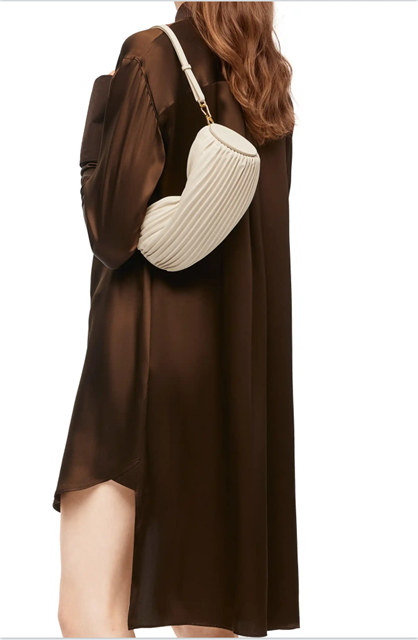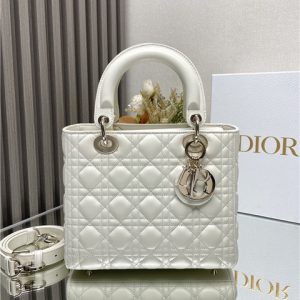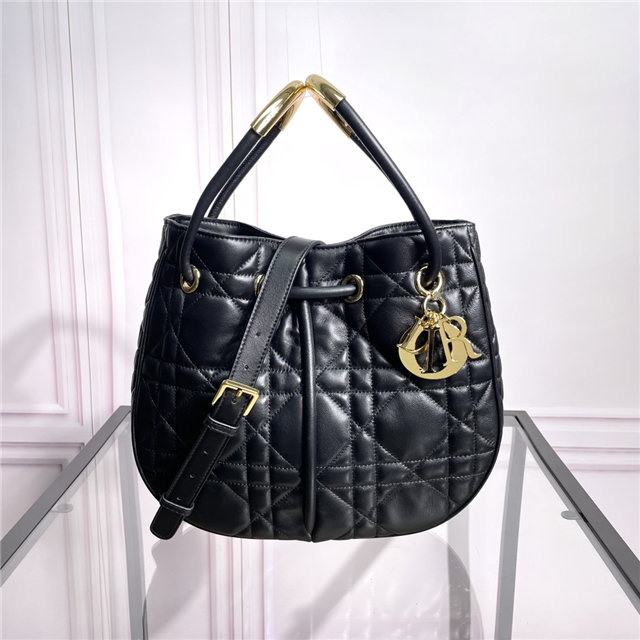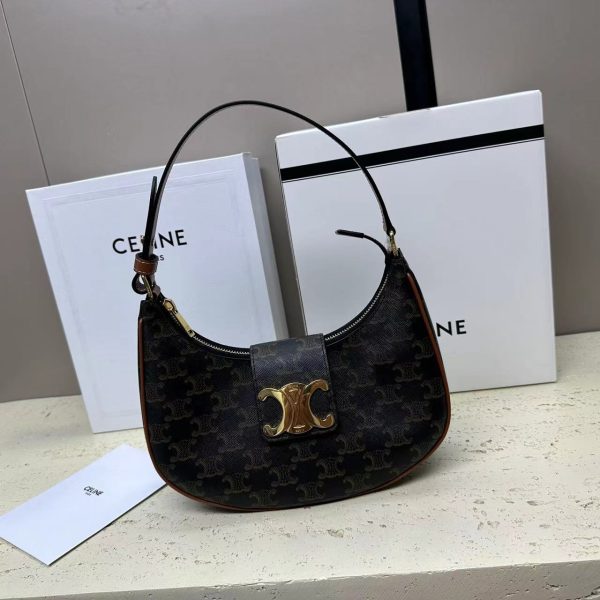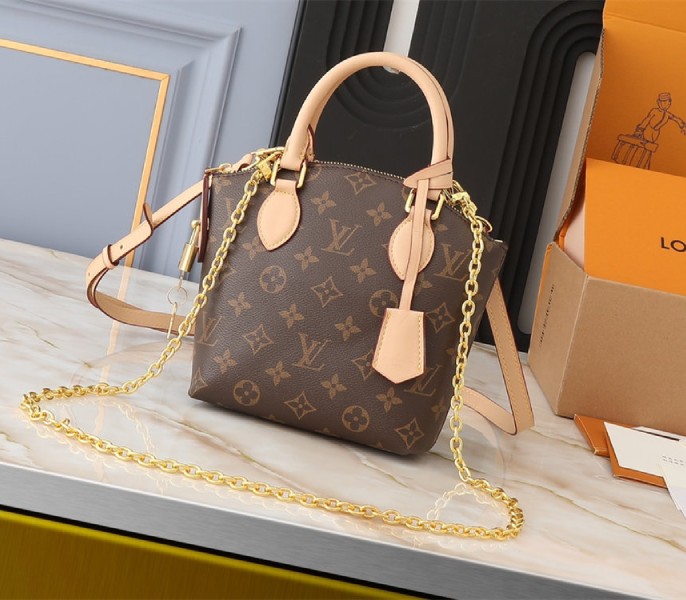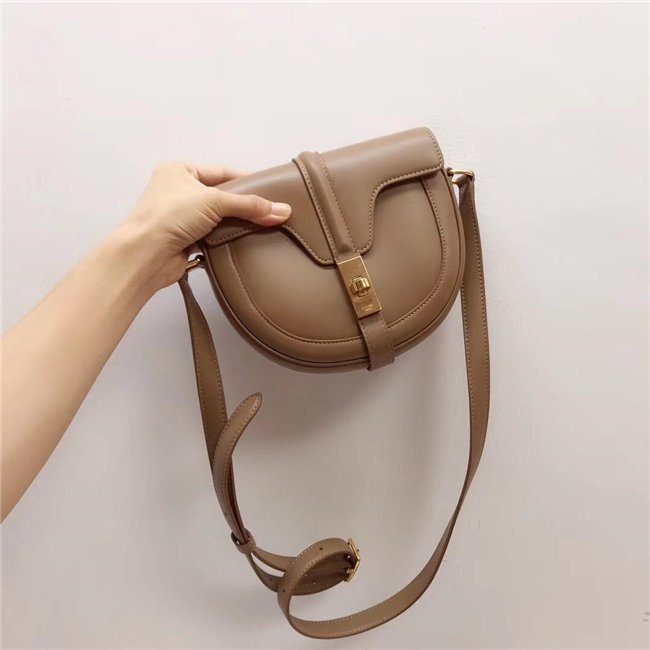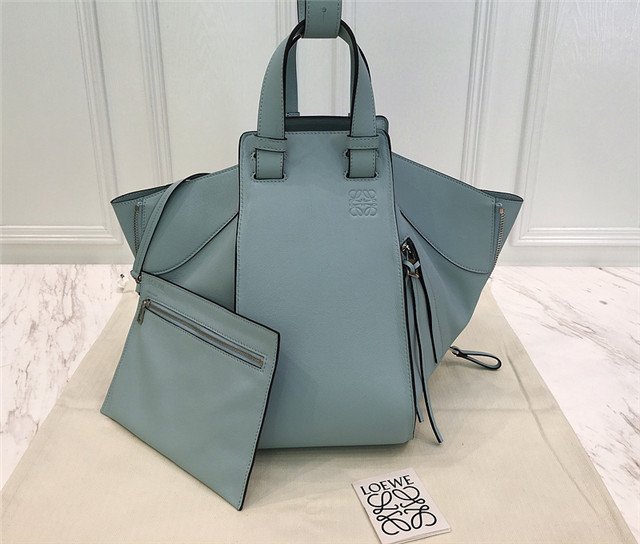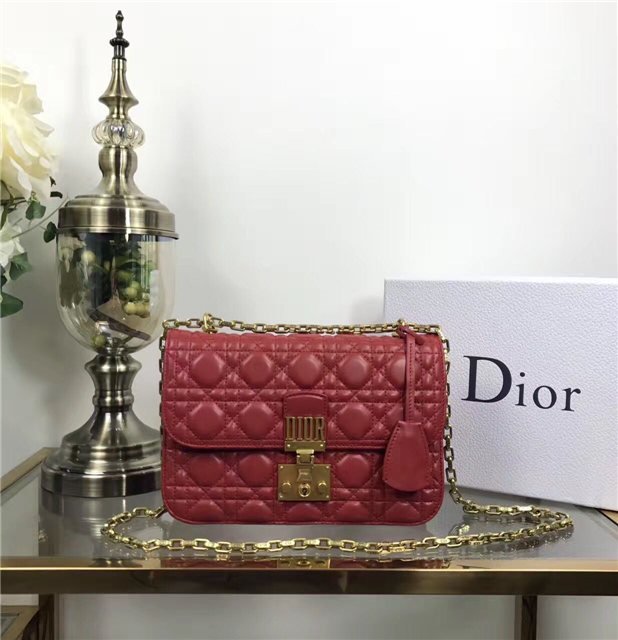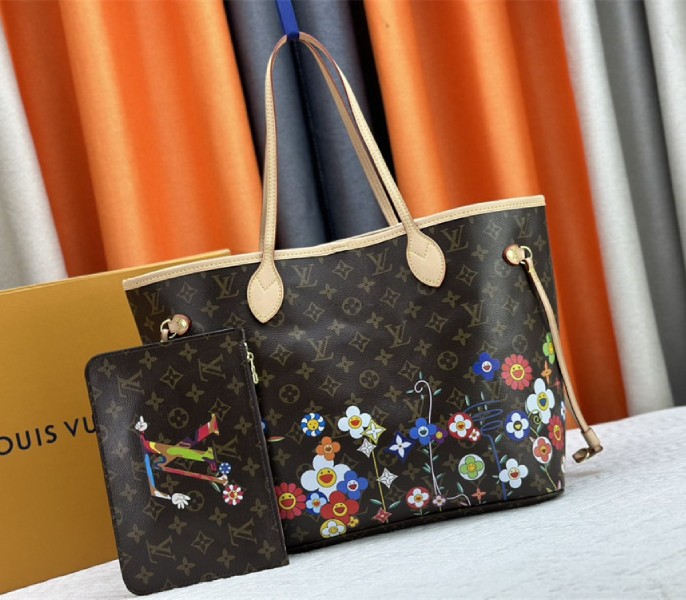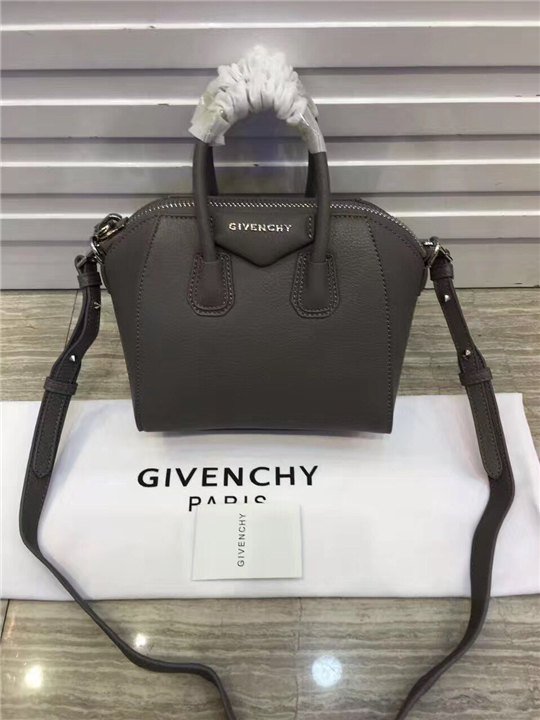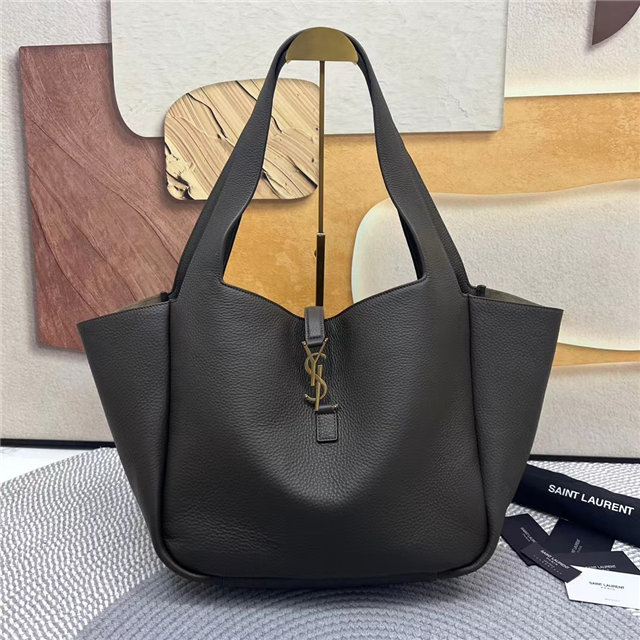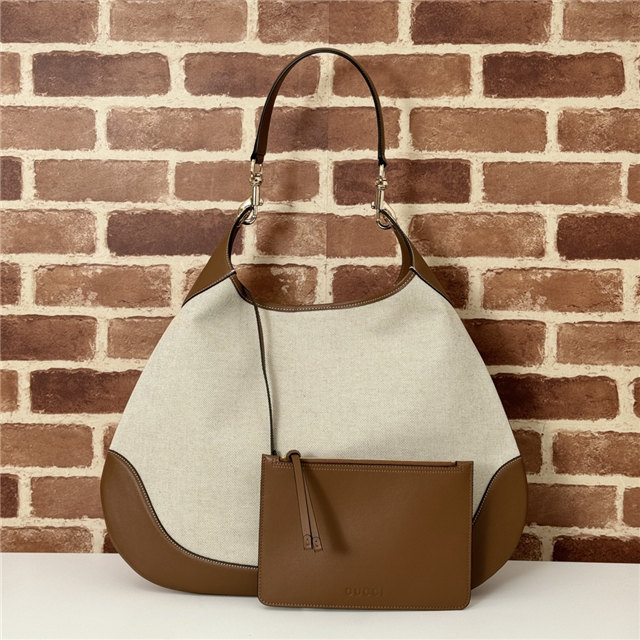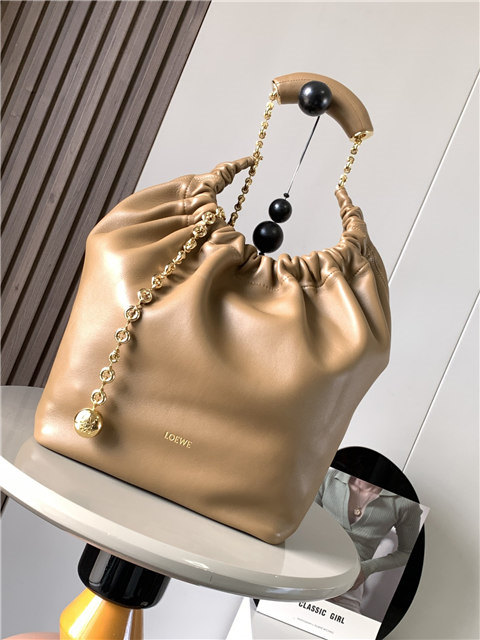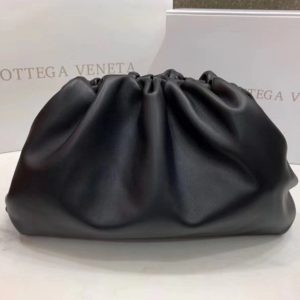Now, I’m not here to preach. You do you, boo. But before you drop your hard-earned cash on what *might* be a “Givenchy” hoodie (and trust me, the internet’s FULL of ’em), let’s talk about spotting the fakes. ‘Cause ain’t nobody wants to get scammed, amirite?
First off, the material. That’s the BIG giveaway. Real Givenchy sweatshirts? Think luxurious. Think soft, heavyweight cotton that feels like a hug from a cloud… if clouds were made of really expensive, designer-brand material. Replicas? They’re often made of, well, crap. Thin, scratchy, maybe even a little bit shiny? Red flag, my friend. Huge red flag.
Then there’s the embroidery. That’s where they REALLY screw up. The real deal? The stitching is tight, clean, and the logo is crisp. You can practically see the individual threads, perfectly aligned and spaced. Fakes? The embroidery is often sloppy, uneven, and the logo looks kinda…off. Like someone tried to copy it from a blurry picture. Trust your gut here. If something LOOKS wonky, it probably IS.
Lemme tell ya, I once saw a “Givenchy” hoodie that looked like a toddler had attacked it with a needle and thread. The logo was practically sideways! It was a travesty, a sartorial crime against fashion.
And speaking of logos, pay attention to the little details. The font, the spacing between letters, the overall shape. Replicas often get these details wrong. They might use a slightly different font, or the spacing might be uneven. It’s like they almost get it right, but…not quite. It’s the difference between a perfectly cooked steak and something that looks vaguely like leather.
Okay, and here’s a pro tip: check the seams. Real Givenchy stuff is meticulously constructed. The seams are straight, even, and there are no loose threads hanging around. Replicas often have sloppy seams that are crooked or uneven. Basically, if it looks like it’s about to fall apart, it’s probably a fake.
So, you’re probably thinking, “Okay, thanks, I’m now paranoid and will never buy anything online again.” Nah, don’t be like that! Just be smart. Ask for detailed photos, check the seller’s reputation (if you’re buying used), and if the price seems too good to be true… it probably is.

